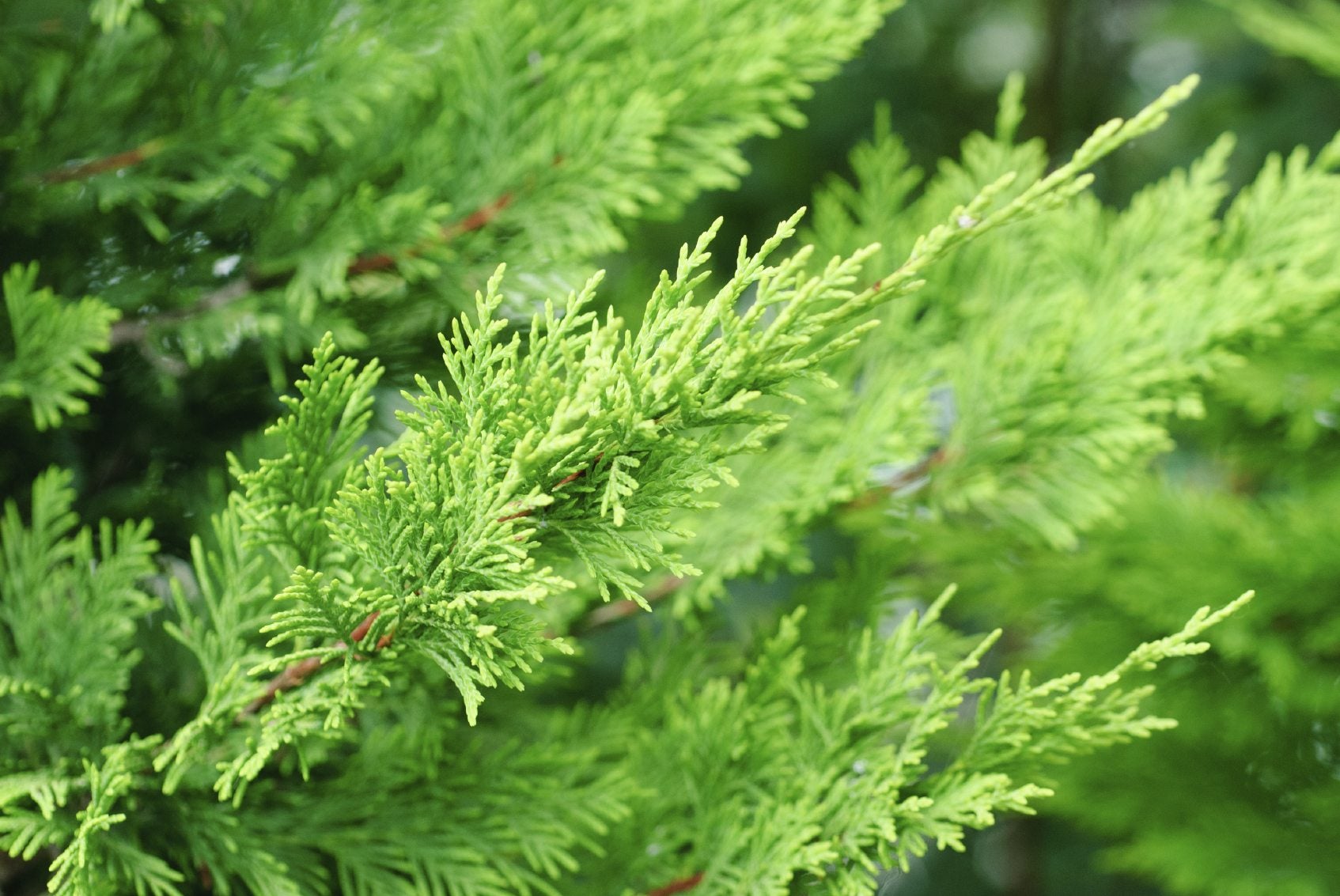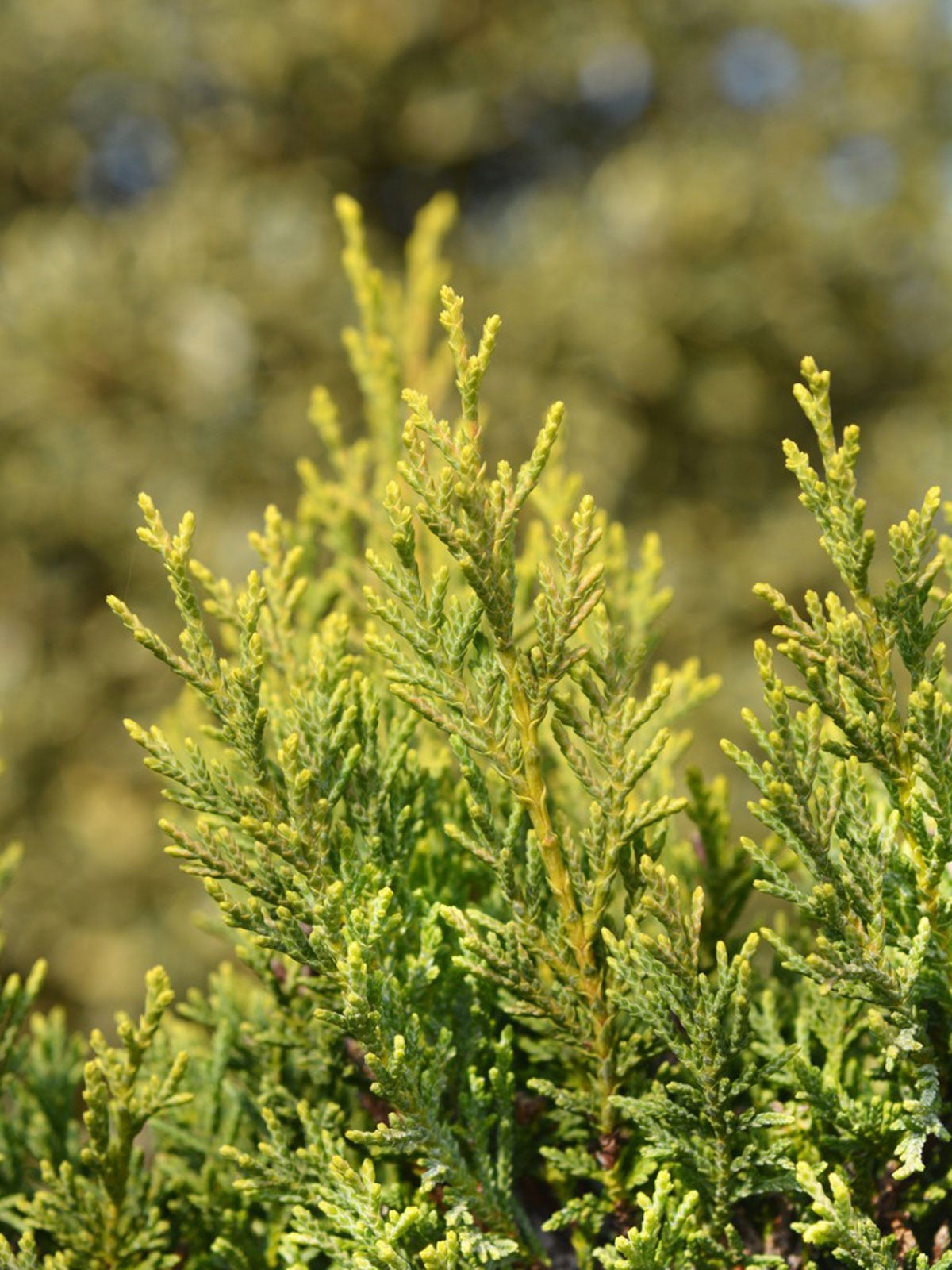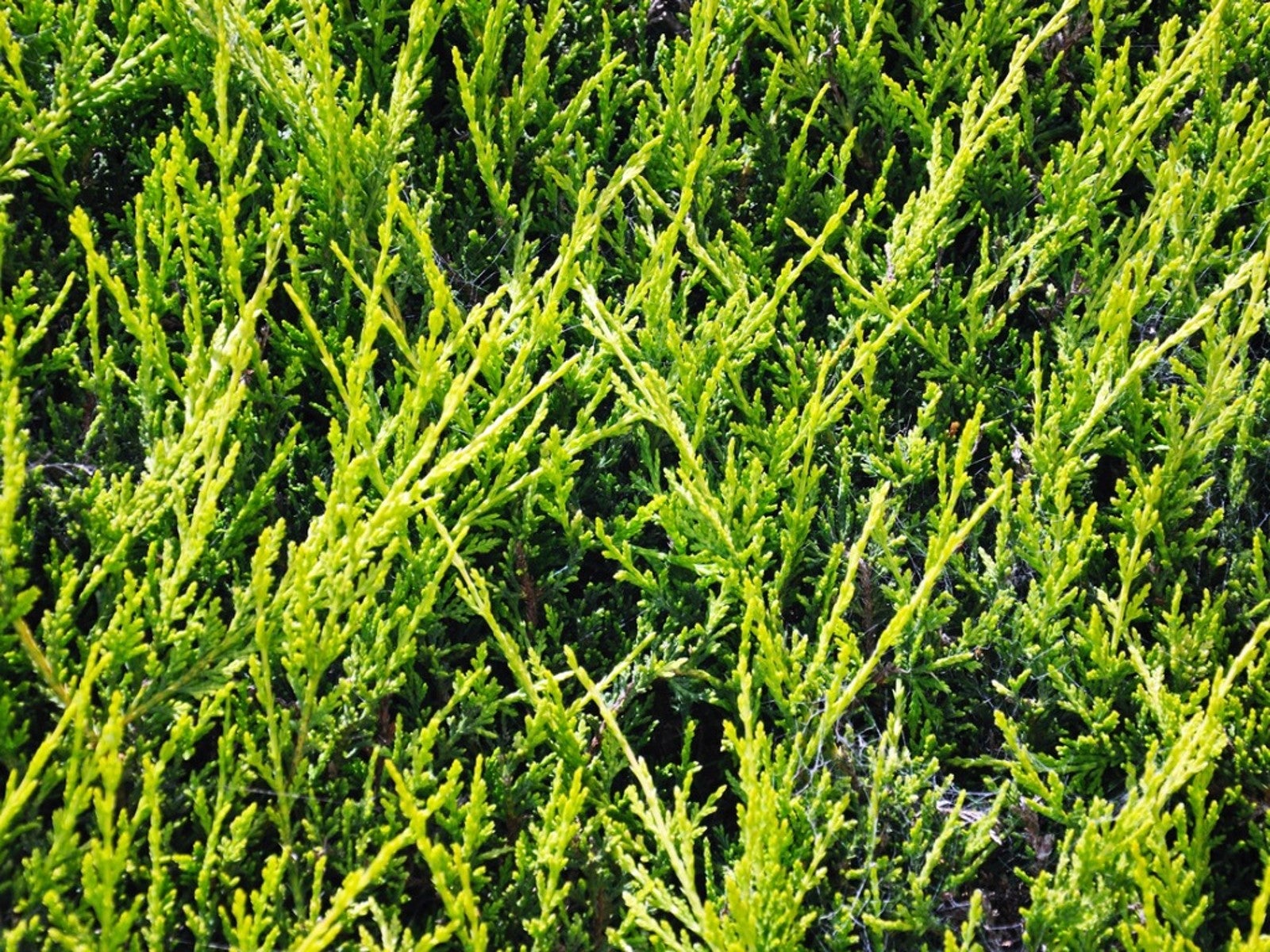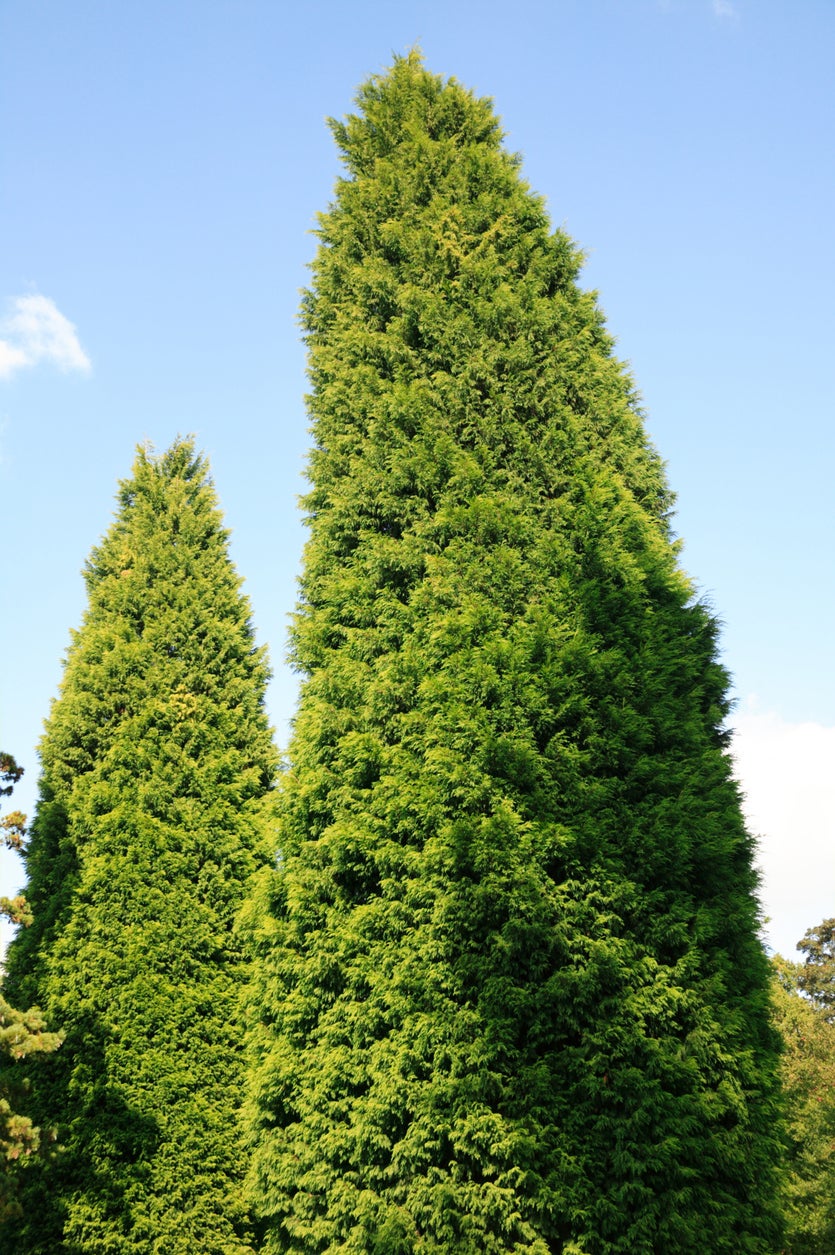Leyland Cypress Tree: How To Grow Leyland Cypress Trees


Flat stems of feathery, blue-green foliage and ornamental combine to make Leyland cypress an appealing choice for medium to large landscapes. Leyland cypress trees grow 3 feet (1 m.) or more per year, making it an excellent choice for a quick specimen, lawn tree, or a privacy hedge. Information about Leyland cypress will help with growing healthy trees.
Information About Leyland Cypress
Leland cypress (x Cupressocyparis leylandii) is a rare, but successful, hybrid between two different genera: Cupressus and Chamaecyparis. Leyland cypress has a short lifespan for an evergreen tree, surviving for 10 to 20 years. This tall, evergreen conifer is grown commercially in the southeast as a Christmas tree. The tree grows to a height of 50 to 70 feet (15-20 m.), and although the spread is only 12 to 15 feet (4-5 m.), it may overwhelm small, residential properties. Therefore, larger areas are most suitable for growing a Leyland cypress tree. The tree is also useful in coastal landscapes where it tolerates salt spray.
How to Grow Leyland Cypress Trees
Leyland cypress trees need a location in full sun or partial shade and a rich, well-drained soil. Avoid windy sites where the tree may be blown over. Plant the tree so that the soil line on the tree is even with the surrounding soil in a hole about twice as wide as the root ball. Backfill the hole with the soil that you removed from it without amendments. Press down with your foot as you fill the hole to remove any air pockets that may be present.
Leyland Cypress Care
Leyland cypress trees need very little care. Water them deeply during prolonged drought, but avoid overwatering, which can lead to root rot. The tree doesn't need regular fertilization. Watch for bagworms and, if possible, remove the bags before the larvae they contain have a chance to emerge.
Growing a Leyland Cypress Pruned Hedge
Its narrow, columnar growth pattern makes Leyland cypress ideal for use as a hedge to screen out unsightly views or protect your privacy. To form a pruned hedge, set out the trees with 3 feet (1 m.) of space between them. When they reach a height about a foot (31 cm.) beyond the desired height of the hedge, top them to about 6 inches (15 cm.) below that height. Prune the shrubs every year in midsummer to maintain the height and shape the hedge. Pruning during damp weather, however, can lead to disease.
Gardening tips, videos, info and more delivered right to your inbox!
Sign up for the Gardening Know How newsletter today and receive a free copy of our e-book "How to Grow Delicious Tomatoes".

Jackie Carroll has written over 500 articles for Gardening Know How on a wide range of topics.
-
 Try The Trend – Turn Any Bed Into A Keyhole Garden With This Clever In-Ground Composter
Try The Trend – Turn Any Bed Into A Keyhole Garden With This Clever In-Ground ComposterKeyhole gardening is an efficient and sustainable practice that saves space. Get started on this DIY project quickly and easily with an in-ground composter.
By Bonnie L. Grant
-
 4 Superfast Composting Methods: Turn Waste Into Garden Gold In 30 Days Or Less
4 Superfast Composting Methods: Turn Waste Into Garden Gold In 30 Days Or LessTry the fastest composting methods to turbocharge your pile and transform kitchen scraps and garden waste into finished compost in just a few weeks.
By Mary Ellen Ellis
-
 Golden Cypress Care: How To Grow Golden Leyland Cypress Trees
Golden Cypress Care: How To Grow Golden Leyland Cypress TreesFor a high impact of golden foliage combined with the ease of an evergreen, look no further than the golden Leyland cypress. Click here for more information.
By Bonnie L. Grant
-
 Leyland Cypress Diseases: Treating Disease In Leyland Cypress Trees
Leyland Cypress Diseases: Treating Disease In Leyland Cypress TreesWhen you plant them in an appropriate location and provide good culture, your shrubs may not suffer from Leyland cypress diseases. This article has information about the main diseases of Leyland cypress trees and how to treat them.
By Teo Spengler
-
 Pruning Leyland Cypress – Tips On How To Trim A Leyland Cypress Tree
Pruning Leyland Cypress – Tips On How To Trim A Leyland Cypress TreeLeyland Cypress is a large, fast-growing, evergreen conifer. Because it is so large it can quickly outgrow its space. If you don?t have the space, however, pruning the tree may be necessary. This article will help with that.
By Karen Boness